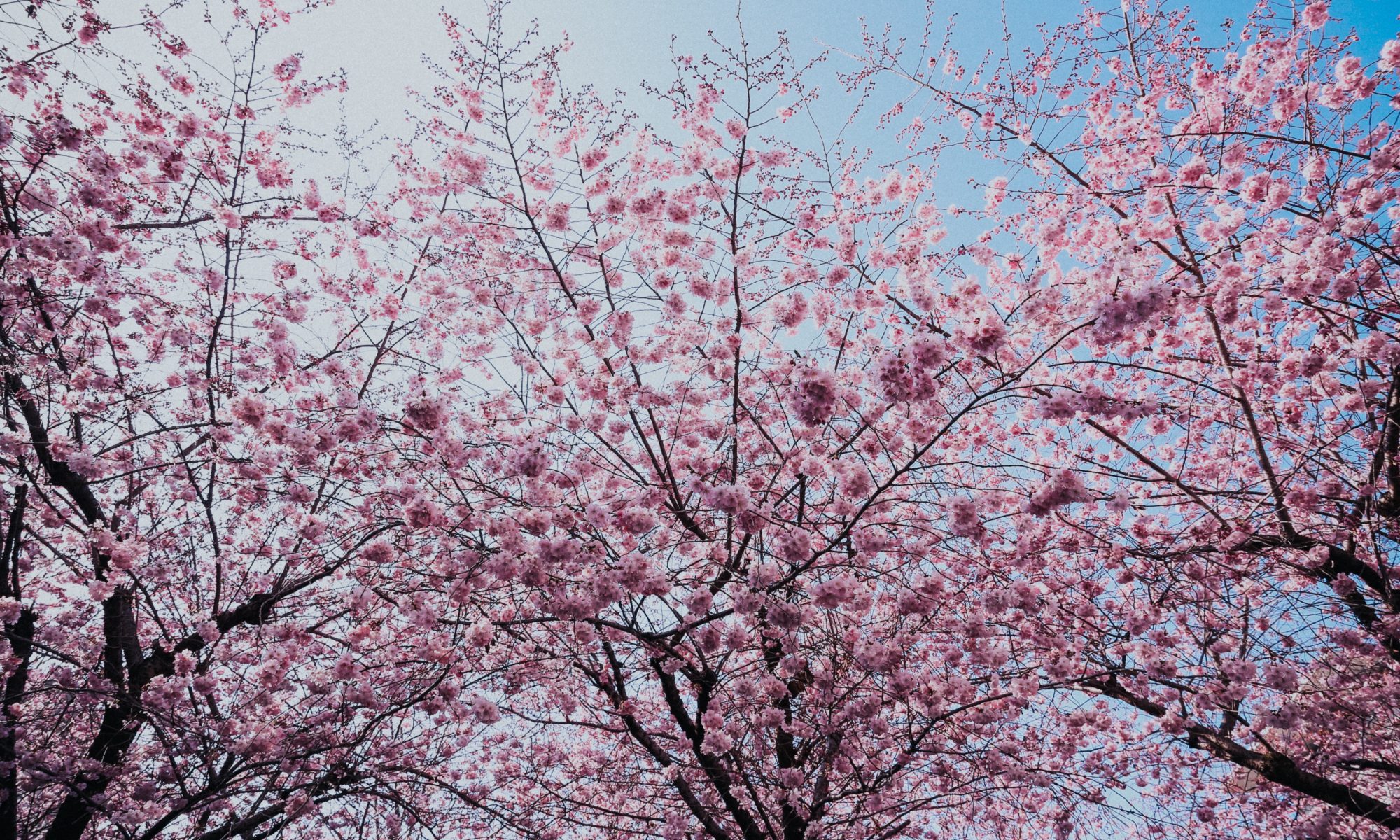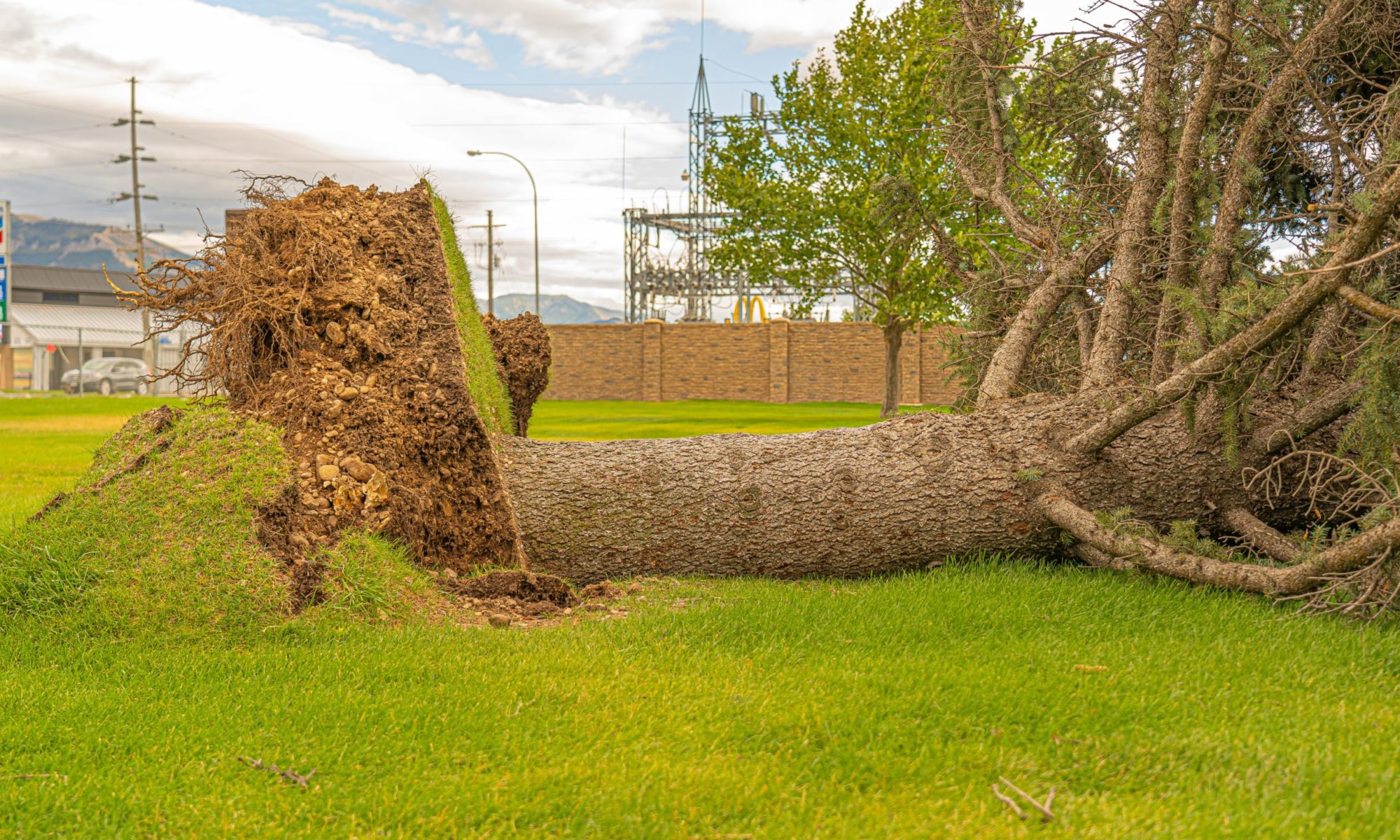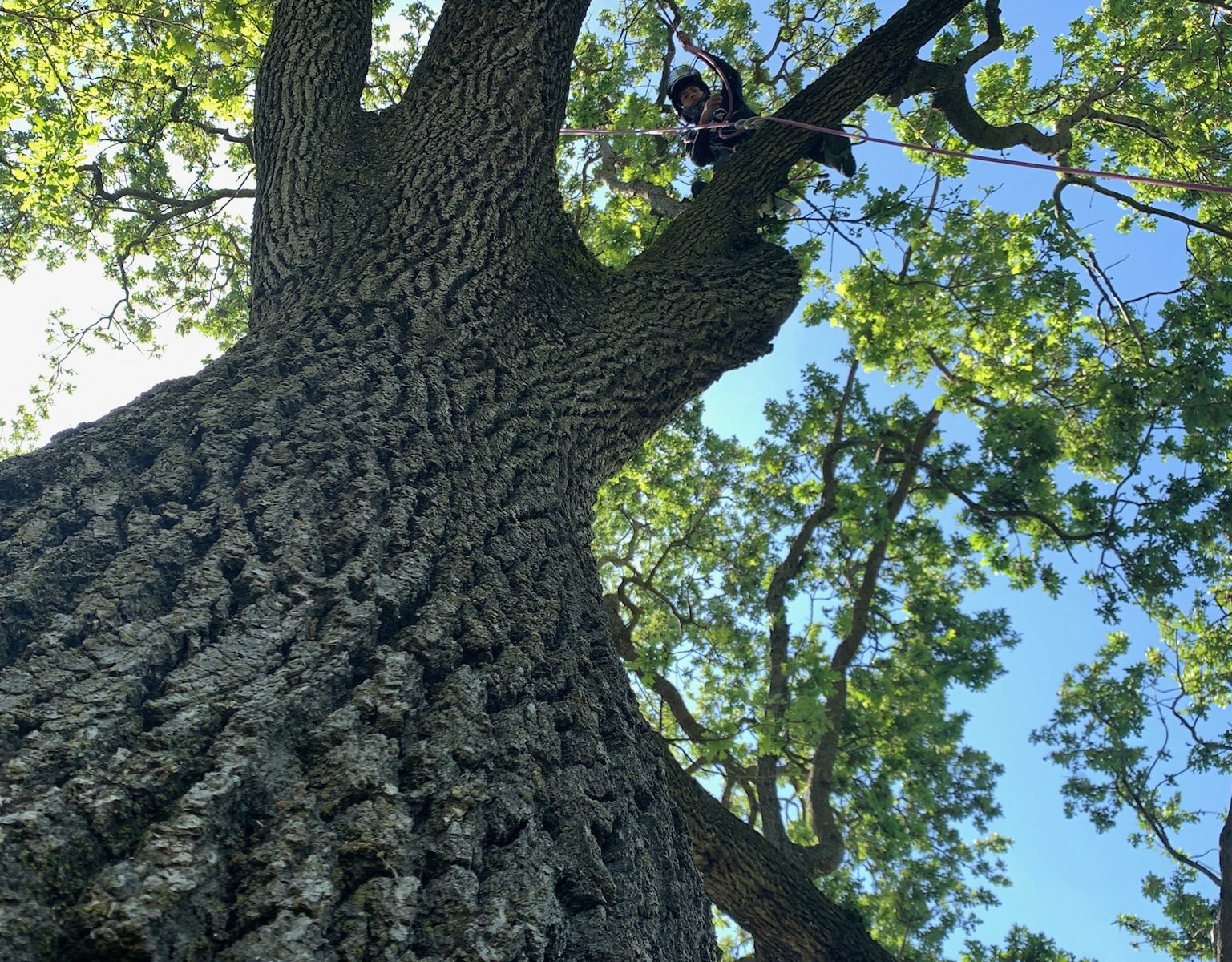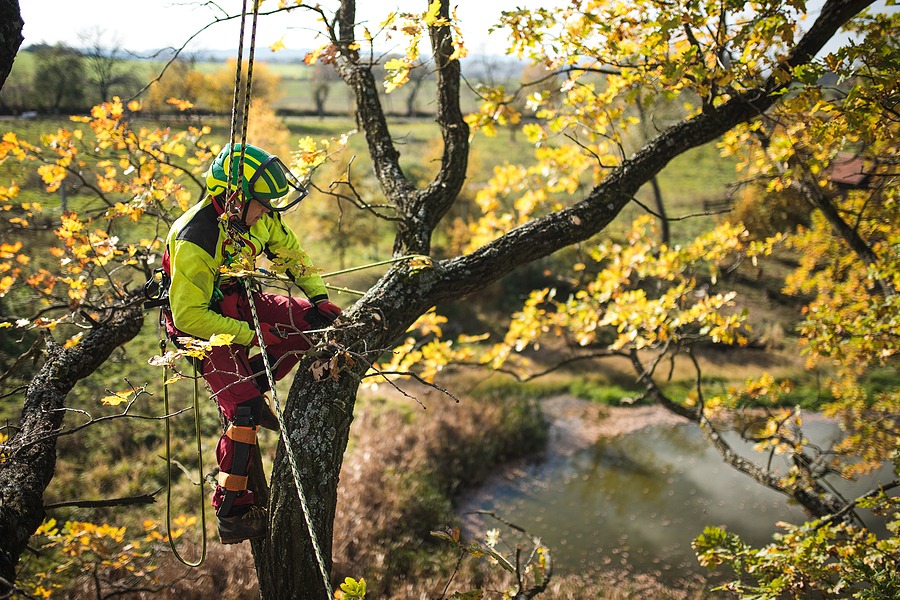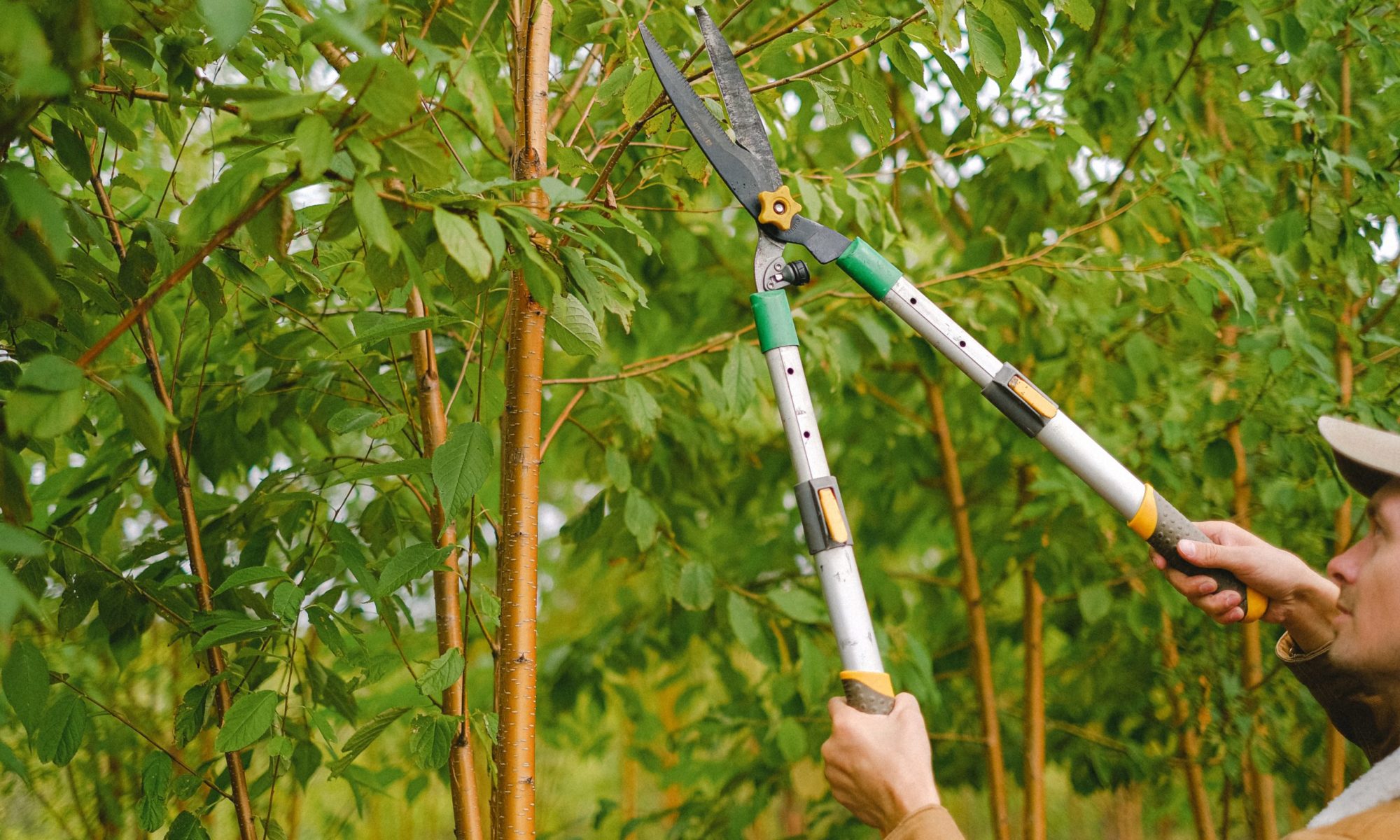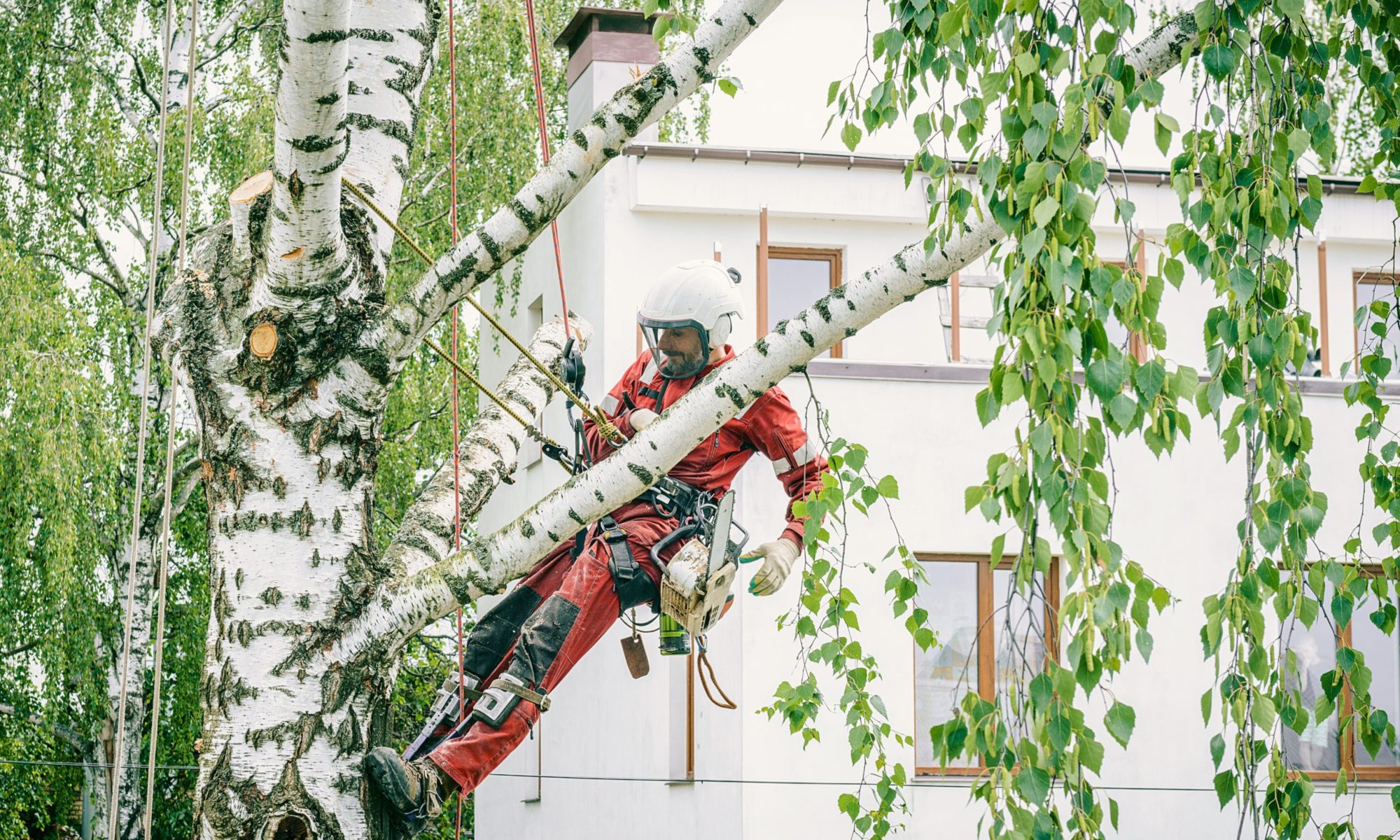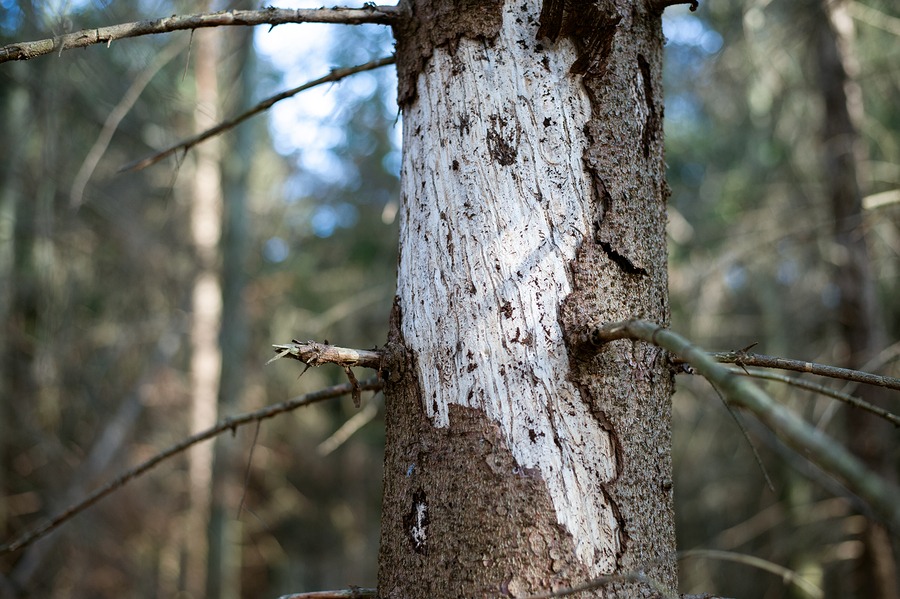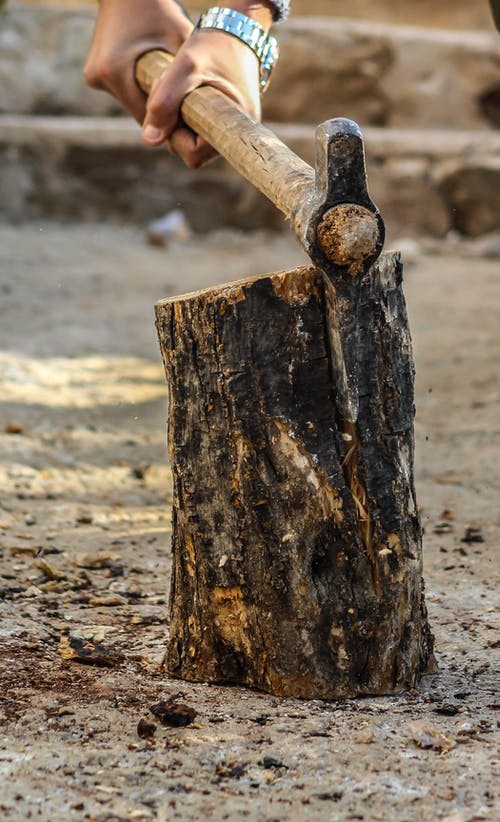If you’re looking for the best small trees to plant in your yard, you’ll want to consider those with non-invasive roots. Many tree species have expansive root systems that can damage sidewalks, driveways, and foundations. But there are a number of trees with shallow roots that won’t cause any trouble. As qualified arborists, we can help you choose the best small trees with non-invasive roots for your landscape and climate. So if you’re worried about invasive roots, don’t be! We’ve got you covered.
Who Should Choose Trees With Non-Invasive Roots?
People who should consider planting trees with non-invasive roots include those who have:
- A tight budget – these trees are generally less expensive than their invasive counterparts
- Limited yard space – trees with invasive roots tend to need more space than those with non-invasive roots
- Homes with underground infrastructure such as water and sewer lines – the roots of many trees can cause damage to these lines
Best Small Trees With Non-Invasive Roots
When choosing new trees for your yard, keep in mind your local climate and soil type. Most of these trees will thrive in the Bay Area with adequate water and care.
Here are ten of the best small trees with non-invasive roots:
- The Chinese Pistache is a medium-sized tree that can reach up to 30 feet tall. It has reddish-brown bark and clusters of red berries in the fall.
- The Japanese Maple is a beautiful tree that is ideal for small yards. It grows to be about 15 feet tall and has red leaves in the fall.
- Orange Trees are drought-tolerant and can thrive in areas with little water. They grow to be about 20 feet tall and have fragrant flowers and fruit.
- The Crepe Myrtle is a small tree that grows to be about 15 feet tall. It has smooth, cinnamon-colored bark and blooms white flowers in the summer.
- Sweet Bay Magnolias are slow-growing trees that can reach up to 30 feet tall. They bear fragrant white flowers in the spring and green leaves year-round.
- The Redbud is a small, deciduous tree that grows to be about 20 feet tall. It has pink flowers in the spring and heart-shaped leaves.
- The Chitalpa Tashkentensis is a fast-growing tree that can reach up to 30 feet tall. It has lacy pink and white flowers in the summer and green leaves year-round.
- The Bronze Loquat is a small tree that grows to be about 15 feet tall. It has bronze leaves and edible fruit.
- The Arbutus ‘Marina’ is an evergreen tree that grows to be about 20 feet tall. It has red bark and white flowers in the winter, followed by a bitter red fruit that can be processed into jams or baked goods.
- Fruitless Olive Trees are a great option for people who don’t want to deal with fruit dropping from their trees. These beauties grow to be about 20 feet tall and have dark green leaves.
If you are having trouble selecting the ideal tree for your yard space, our arborists are here to help. We can recommend the best trees for your climate and soil type, so you can rest assured that your new tree will thrive.
Get in Touch With an Arborist
At Sexy Trees, our wide range of services and care will keep your trees healthy and beautiful for decades to come. We believe in supporting our communities of trees through evidence-based techniques that you can depend on.
Give us a call at 925-233-6877 for a schedule an estimate, or email us at [email protected] anytime with questions!
 Bringing Sexy Back Into Your Yards
Bringing Sexy Back Into Your Yards 
